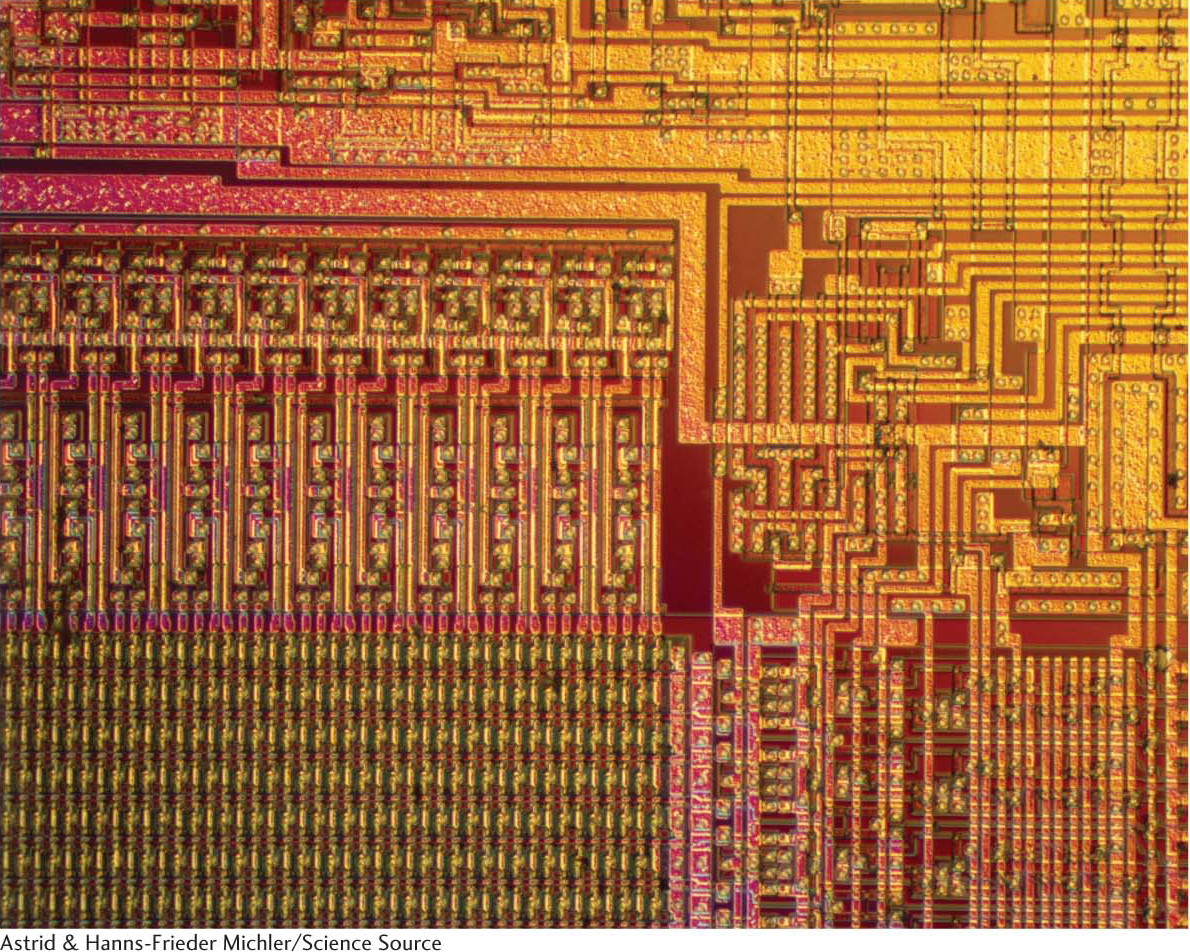
CHAPTER 13
Signal-Transduction Pathways
Page 225

Signal transduction is an important capability in all life forms. It allows an organism to sense its environment and formulate the proper biochemical response. Just as the computer chip has “on–off” switches that allow the transmission of information, cells have molecular “on–off” switches that allow the transmission of information in the cell and between cells.

This chapter provides an overview of how cells receive, process, and respond to information from the environment, whether the information is in the form of light, smell, or blood-
[Leave] [Close]